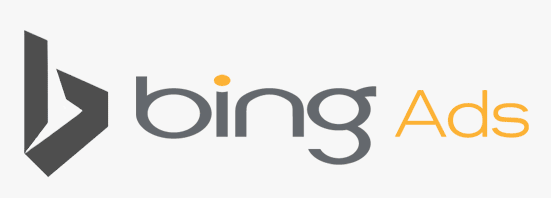

Catalogue design is the process of creating a visually appealing and organized representation of products, services, or information in a printed or digital format. Catalogues serve as comprehensive marketing and informational tools that allow businesses to showcase their offerings to customers in a structured and visually engaging manner.
In a catalogue, products or services are presented with the help of images, descriptions, specifications, and pricing, organized into categories or sections. The design of a catalogue aims to make the content easily accessible, informative, and visually appealing, encouraging readers to explore the offerings and make informed purchasing decisions.
Key elements of catalogue design include:
1. Layout and Structure:Whether in print or digital form, catalogue design plays a significant role in marketing and sales efforts. A well-designed catalogue not only provides valuable information but also serves as a powerful tool for engaging customers and promoting products or services effectively.

